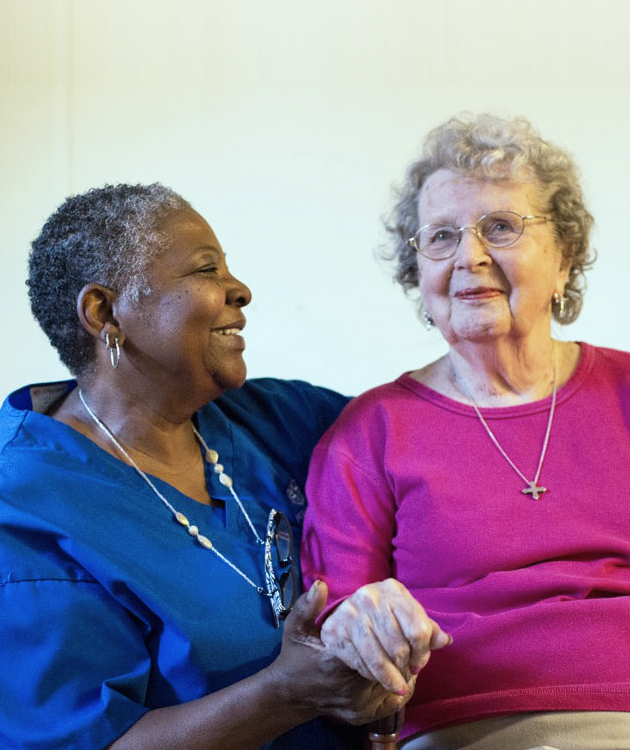Our Care Managers guide your family and you through challenges that arise as your loved one ages. Find your guide.
Our caregivers support the physical, emotional, and social well-being of you and your loved one. Discover your match.
We are on a mission to attract, train, retain and treasure the best care professionals in the industry. Join us.
Arosa is the premier provider of integrated care management and caregiving services. Our compassionate care professionals are supported and celebrated as they care for our clients and provide peace of mind for the whole family.
